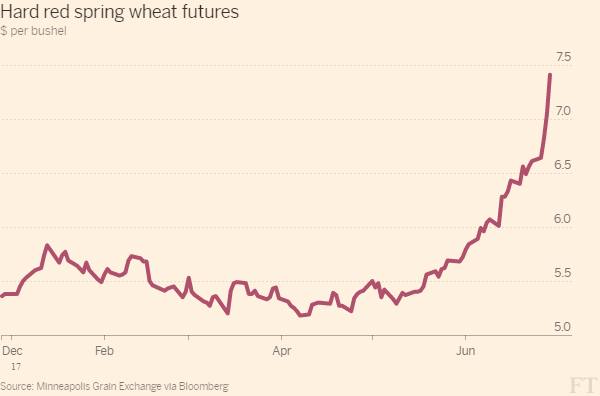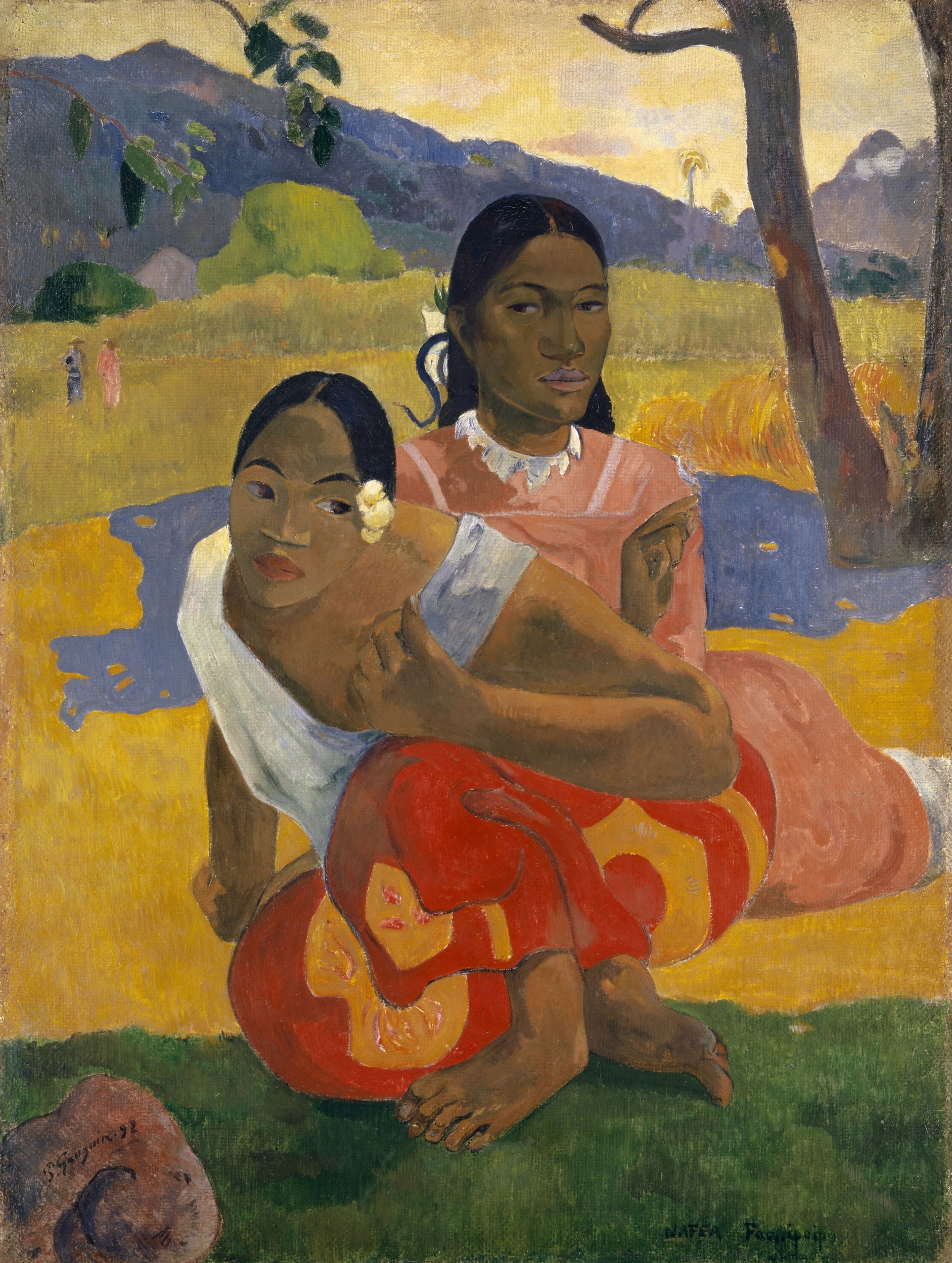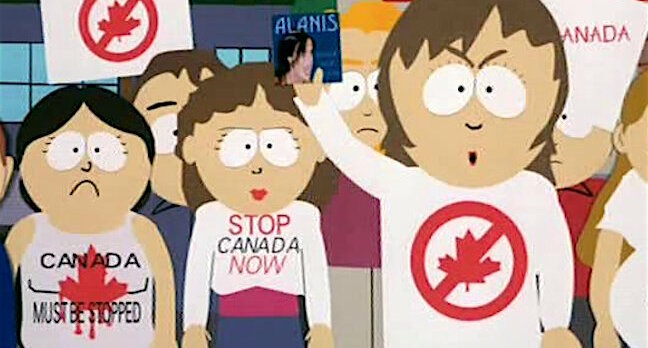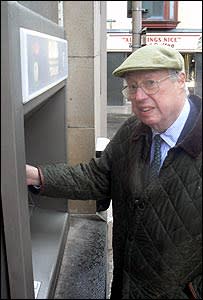A topic of abiding interest.
From ZeroHedge, June 25:
"Big Swinging Dick" Defined
"Big Swinging Dick:
(Very) informal and somewhat derogatory; a trader who believes his
methodology is perfect and will always result in sizable profits.
However, it originally was a term of self-designation for major
bond-traders. The term was popularized by the book Liar's Poker, which
describes the author's experience as a bond trader on Wall Street in the
1980s." Source: financial dictionary
While much has been written about trade size, meaning how
much trading capital should be risked on each trade, this remains a
nebulous imprecise topic.
That’s unfortunate because it can make all the difference between staying in the game or losing all trading capital – known in the business as “blowing up”. Yes, even (especially) if you are a big swinger.
The concept of a "trading edge"
is central here. Broadly speaking, this is how much a trader is
expected to make over a reasonable number of trades (meaning, with some
statistical significance), taking into consideration the risk of loss
and how much will be made or lost with each trade on average.
Basically, if you don’t know what your edge is you should not be trading, or gambling for that matter. Buying and holding for some time perhaps, but not regularly going in and out of the market without a good plan.
Let’s assume that you are in a situation where you have a negative
edge, by definition meaning you are likely to lose money over a large
enough number of trades. The conventional example is a casino, where as
we know the house always wins in the end because of that reason. So as you walk through the entrance, how large should your bet size be?

Surprisingly to some, the answer is actually 100% of your
capital, meaning all of it, in one go – more so if the edge is
especially unfavorable to you.
Casinos want to keep their patrons gambling for as long as possible,
because they know the longer they keep on playing the greater the
chances they will give back all their winnings and then some. Therefore,
if the goal is to maximize expected profits go for all or nothing, then
walk away (unless you are there to have a good time, in which case bet
as little as possible each time).
The other situation where 100% is appropriate is at the other side of the spectrum, when a trader just can’t lose. The
more capital traded each time the higher the profits will be since
there are no losses. This of course is unrealistic in any speculative
endeavor. It’s mentioned here for illustrative purposes only.
The much trickier question lies in between those two scenarios, when there is a positive edge but no certainty of profit. What to do in this situation?
Let's assume there is a 99% chance of doubling your money versus 1%
of losing it all, which are fantastic odds. Since we are near certainty,
should we bet everything once again?
A big swinger surely would. However, unlikely as it may be we can
still suffer a loss, which would instantly put us out of the game. The
economic loss is actually much greater than the trading capital in this
case, because had we managed to hold on eventually we could stand to
make a lot of money with those fantastic odds. But as fate would have
it, we blew up. Big swinger no more.
So no matter how good the odds with uncertainty there is
nothing preventing a string of losses from occurring (that’s how life
works by the way).
The key point here is endurance, meaning
having enough trading capital – and mental stamina – on reserve so that
if one of those mean streaks hits you can survive and eventually get
back to the higher probabilities of winning again.
As such, defining how much should be risked on each trade requires a
quantifiable (even if not exact) framework that takes all these factors
into consideration. Fortunately, this can be done without too many
mathematical gymnastics. Here’s one way to do it.
Let’s assume we trade a fixed amount of our capital, called “R”.
That's how much we are risking each time. As a result, trade profits and
losses can now be expressed as a function of R, such as a loss of -2R
and a gain of 1R. This way the framework can be standardized and applied
to any futures contract, stock, FOREX or bond.
Next we assign some probability of occurrence to each resulting R
level (usually based on historical analysis or backtesting). Now we can
quantify the edge, which is roughly speaking the sumproduct of the two.
The graph below shows a hypothetical trading model that
delivers a 0.2R on each average trade. That’s a very decent trading
system. Not only are the odds of not losing money higher than losing it,
wins are skewed heavily to the upside.

Any trader would love to use such a system any time of the year.
However, even if on paper the results look great, it is worth
remembering that these are based on statistical averages. This can make
all the difference in the world, potentially generating some pretty big
swings in your accumulated trading capital over time.
To illustrate how, let’s also assume that we trade this system once
every week for ten years, so 52 x 10 trades in total. We define
cumulative loss as the maximum loss in terms of R from a trading capital
high to a trading capital low over the course of those ten years. This
is actually a very important number since a lot of things can happen
during that time frame.
As a side note, we are putting on the trades sequentially in a
portfolio of one security only. This avoids the complication of figuring
out correlation coefficients between securities, where any correlation
less than perfect would yield some diversification benefit, in principle
reducing the cumulative loss. So we are using the most conservative
scenario here.
Finally, Microsoft Excel is used to generate 520 random trades over 1000 times to derive the average cumulative loss.
This is like 1000 traders using the same exact system completely
independently, and that high number carries some statistical robustness.
The resulting histogram is shown below:

We can immediately observe how luck plays such a prominent role in trading
(or any activity that involves risk for that matter), even when the
edge of the system is quite positive: traders using exactly the same
system can experience cumulative losses ranging from 5R all the way to
43R. Of course these are extremes (or tails) with limited occurrences
but it does highlight the point.
There is some concentration of outcomes around 12R, the cumulative
loss with the most occurrences. But the chance of actually losing more
than, say, 19R at some point is over one in five so the tail risk is
clearly not insignificant. And it’s also a function of trading over 10
years using this particular system. If it had been, say, just two years
(104 sequential trades) that figure would have been 2%, virtually one
tenth of that.
In other words, the more you trade the higher the odds you
will have a big losing streak at some point, unlikely as that may be. As
professional traders often remind us, the worst drawdown is always
ahead of us. We can see why here.
That’s a hugely underappreciated point that is often lacking in more
meaningful discussions about trade size. And it makes sense. The more
you walk under the rain the higher the likelihood you will get wet -
even if you have a great umbrella.
If you are planning to trade sporadically and opportunistically,
that’s one thing; but if you are considering regularly going in and out
of the market over many years that's quite another. Again, it bears
repeating that the chances of something bad happening increase with the
number of trades.
The size of the edge also makes a huge difference to the outcome.
Let’s assume that the edge in the model above is now reduced from 0.2R
to just 0.05R (by taking out five percentage points from the odds of
getting 2R and allocating them to -1R). The chance of losing more than
19R over ten years is now a staggering 73%.
So the worse the edge the greater the chances of having a string of losses. As it should be of course.
Why are such tail numbers relevant? Because if there isn’t enough
capital set aside you will blow up your trading account. Pure and
simple.
The higher that tail risk the smaller the trade size should be so you
have enough cash stashed away for that rainy day. And this should have
implications on how trades are structured.
Moreover, market conditions can and do change, possibly even
invalidating the trading system and the edge altogether. In times of
great volatility for instance, where swings can frequently occur in both
directions, it pays to play even safer than suggested by these figures....MORE
Some of our previous posts on the subject:
March 2008
Markets, Risk and Gambler's Ruin
June 2011
Dreamtime Finance (and the Kelly Criterion)
I've been meaning to write about Kelly for a couple years and keep forgetting. Today I forget no more.
In probability theory the Kelly Criterion is a bet sizing technique used when the player has a quantifiable edge.
(When there is no edge the optimal bet size is $0.00)
The criterion will deliver the fastest growth rate balanced by reduced risk of ruin.
You can grow your pile faster but you increase the risk of ending up
broke should you, for example bet 100% of your net worth in a situation
where you have anything less than a 100% chance of winning.
The criterion says bet roughly your advantage as a percentage of
your current bankroll divided by the variance of the game/market/sports
book etc..
Variance is the standard deviation of the game squared. In blackjack the s.d. is 1.15 so the square is 1.3225.
As blackjack is played in the U.S. the most a card counter can hope for is a 1/2% to 1% average advantage with much of that
average accruing from the fact that you can get up from a negative table.
Divide by 1.3225 and you've got your bet size.
It's a tough way to grind out a living but hopefully this exercise will
stop you from pulling a Leeson, betting all of Barings money and
destroying the 233 year old bank.
I'll be back with more later this week.In the meantime here's a
UWash paper with the formulas for equities investment....
August 2015
"The High Stakes History of Card Counting (And Its Uncertain Future)"
One of the rules of life:
NEVER EVER play a negative expectation game unless forced.
More after the jump....
What Proportion of Your Bankroll Should You Bet? "A New Interpretation of Information Rate"
How did Ed Thorp Win in Blackjack and the Stock Market?
Journal of Investment Consulting: Interview With Edward O. Thorp
Markets, Risk and Gambler's Ruin
"Not in my house: how Vegas casinos wage a war on cheating"
Finally, another rule of life:
Cassandra's (Not so) Golden Rules About Investing (And Not Investing)
#21. NEVER
double-down (except when you have material non-public information and
deep pockets) or if you're Ed Thorp, or if you're playing at The
Martingale Room.
Don't double down, double up.














